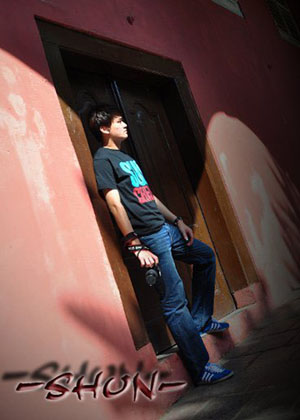In a few words: Random mental inputs allow us to enter the existing patterns of our thinking at a different point, thus presenting us with a different path to an answer.
The random word or random image method is a powerful lateral-thinking technique that is easy
to use. It is by far the simplest of all creative techniques and is widely used by people who need
to create new ideas (for example, for new products).
Chance events allow us to enter the existing patterns of our thinking at a different point. The
associations of a word applied to the new “out of context” situation generates new connections in
our mind, often producing an instant effect, insight or intuition.
It is said that Newton got the idea of gravity when he was hit on the head with an apple while
sitting under an apple tree. It is not necessary to sit under trees and wait for an apple to fall - we
can get up and shake the tree. We can produce our own chance events.
Random inputs can be words or images. Some techniques for getting random words (and the
words should be nouns) are:
• Have a bag full of thousands of words written on small pieces of paper, cardboard, poker
chips, etc. Close your eyes, put in your hand and pull out a word.
• Open the dictionary (or newspaper) at a random page and choose a word.
• Use a computer program to give you a random word. There are many of these available
free of charge over the Internet. Just do a search for “random word generator” in your
favourite internet search engine.
• Make up your own list of 60 words. Look at your watch and take note of the seconds. Use
this number to get the word.
It is important to use the first word you find.
Once you have chosen the word, list its attributions or associations with the word. Then apply
each of the items on your list and see how it applies to the problem at hand.
How does it work?
The brain is an efficient self-organising system, and very good at making connections. Almost
any random word will stimulate ideas on the subject. Follow the associations and functions of the
stimulus word, as well as using aspects of the word as a metaphor.
You may want to mind-map the random word.
References: De Bono, E., Teach your child how to think, Penguin, 1992

No comments:
Post a Comment